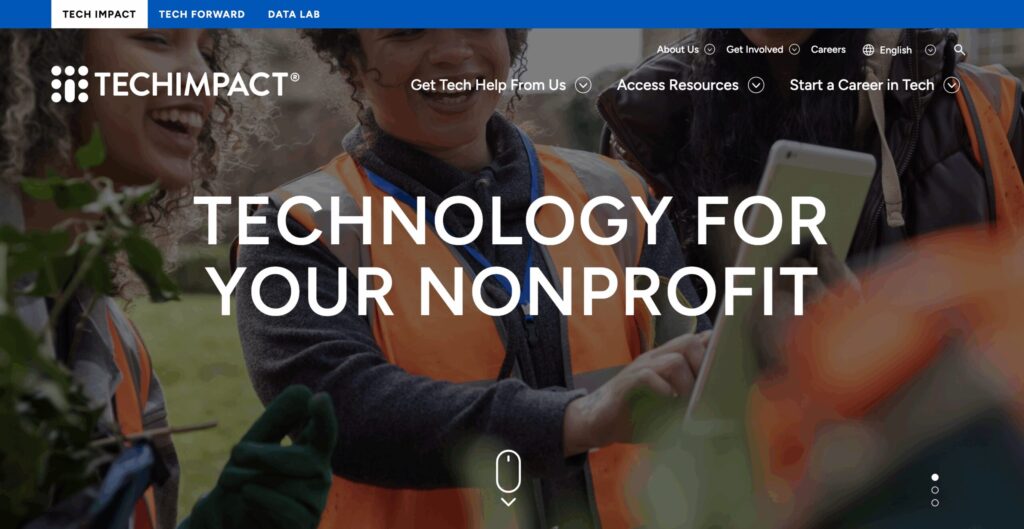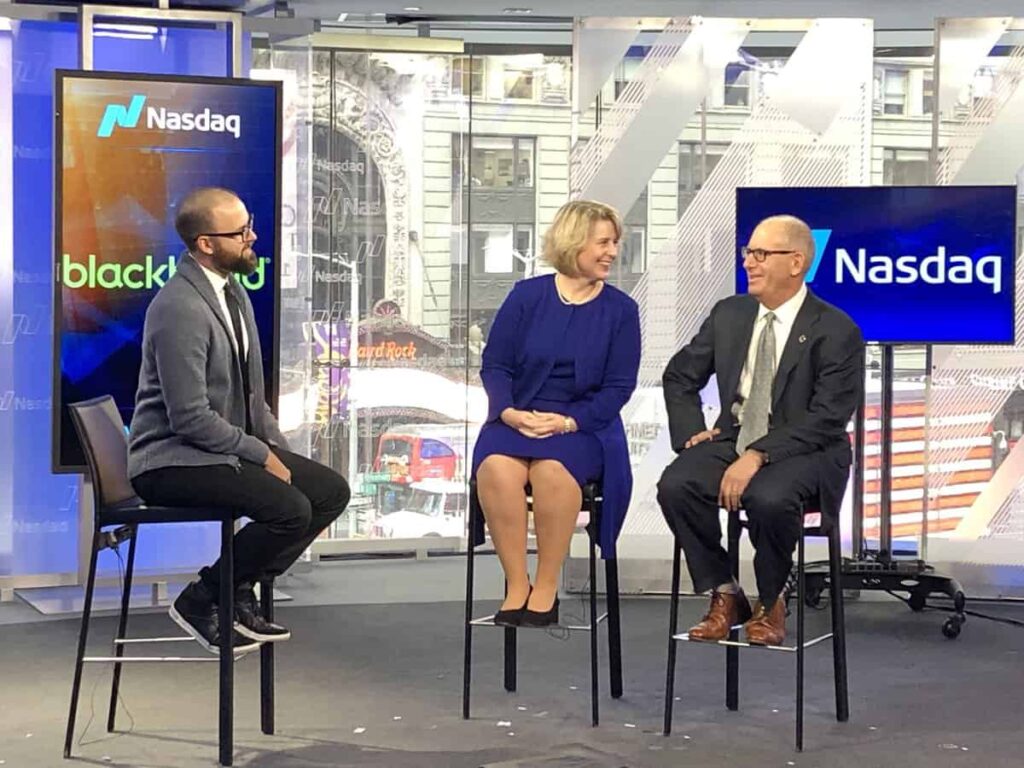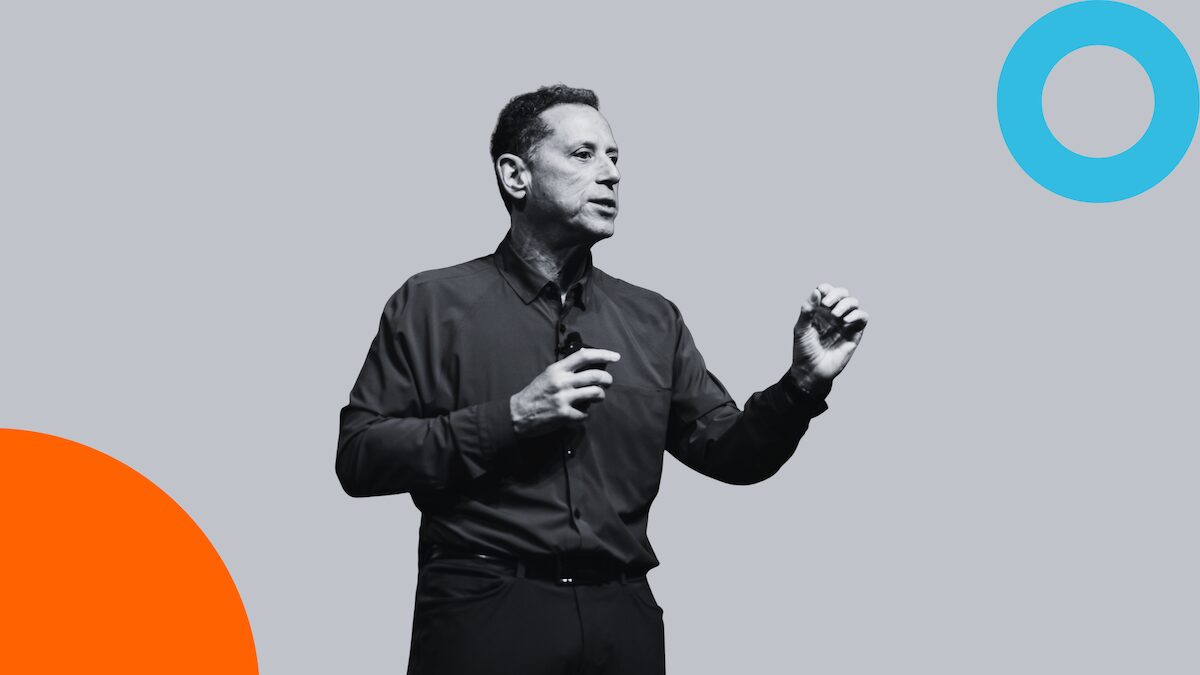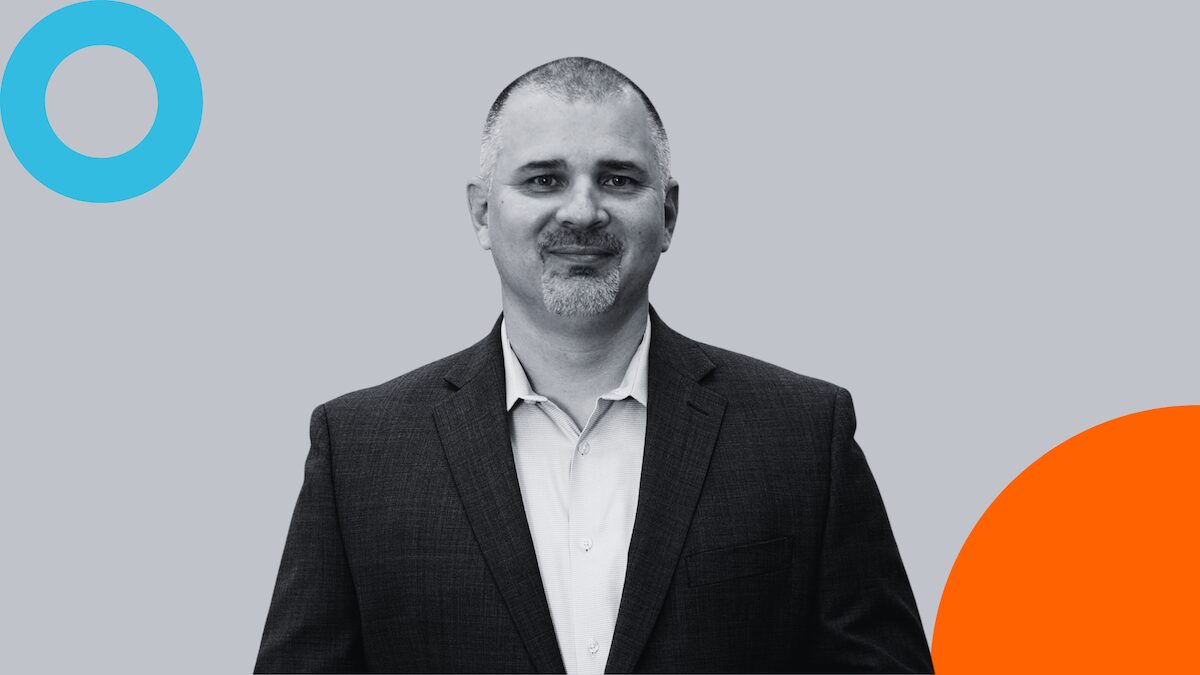In this conversation of the Charity Charge Show, we speak with Patrick Callihan, CEO of Tech Impact, about the organization’s mission to leverage technology for social impact in the nonprofit sector. They discuss the various services Tech Impact provides, including capacity building, workforce development, and consulting.
Patrick shares insights on the evolving technology needs of nonprofits, the challenges of cybersecurity, and the role of AI in enhancing organizational efficiency. The conversation also highlights the importance of data analytics and practical advice for nonprofits to improve their operations and security measures.
Key takeaways
- Meet orgs where they are. Start with a tech maturity assessment, then prioritize projects that clearly support the strategic plan.
- Cybersecurity isn’t optional. Insurance questionnaires are getting tougher. Basics like MFA, policies, and staff training prevent common attacks.
- AI must be intentional. Use enterprise licenses for proprietary work, pilot small “agent” automations, and measure ROI because usage is consumption-based.
- Data first, always. Strong collection, storage, and access practices enable credible storytelling, outcome tracking, and policy influence.
- Build talent, build capacity. Tech Impact’s workforce program creates career pathways and also strengthens the sector’s IT bench.
What Tech Impact Does
Capacity building & managed services
Tech Impact supports ~400 nonprofits nationwide through:
- Education & events: Webinars, seminars, and conferences on nonprofit technology.
- Projects: Cloud migrations, system integrations, finance and ops software implementations.
- Managed IT: Full outsourced help desk and account management, or targeted support tiers.
- Technology assessments: Practical maturity reviews tied to an organization’s strategic goals.
Why it matters: When technology runs smoothly in the background, staff can focus on programs, fundraising, and outcomes—not password resets and server problems.

Workforce development
Across Wilmington (DE), Philadelphia (PA), Las Vegas (NV), and Nashville (TN), Tech Impact trains young adults (18–26, no college degree required) for middle-skill IT roles. The program includes:
- 16 weeks of no-cost training
- Job placement support
- Stackable certifications after one year of employment
- Selective hiring into Tech Impact’s own service teams
Impact: It’s a flywheel—graduates strengthen the nonprofit tech workforce while advancing their own careers.
The Data Lab
A dedicated team of data scientists, engineers, and front-end developers helps governments and nonprofits:
- Audit what data is collected, how it’s stored, and who can access it
- Combine datasets (e.g., public health claims + nursing certifications) to find service gaps
- Build visualizations and maps for insight, accountability, and policy decisions
- Translate program data into credible outcome stories for boards and funders
Bottom line: Clean data enables better strategy, better reports, and better funding conversations.
Cybersecurity: Practical Steps That Prevent Real Losses
Nonprofits are frequent targets of phishing, spoofing, and ransomware. Patrick emphasizes:
- MFA everywhere (email, file storage, line-of-business apps)
- Security awareness training with safe phishing simulations (not to shame, but to teach)
- Clear policies for sensitive actions (e.g., dual-control before wiring funds)
- Configuration reviews for Microsoft/Google tenants and cloud apps
- Prepare for insurance: Be ready for longer, deeper questionnaires and control checks
These are cost-effective, high-ROI steps that close the most common gaps.
AI for Nonprofits: Think Big, Start Small, Move Fast
AI is broad. For nonprofits today, two practical tracks stand out:
- Responsible generative AI
- Use enterprise licenses when working with proprietary data.
- Establish usage guidelines (what can/can’t be pasted, review before publishing).
- Agentic automation pilots
- Target repeatable processes (intake, tagging, data hygiene, follow-ups).
- Pilot with one workflow, track time saved and quality, then scale.
- Monitor consumption-based costs to keep budgets predictable.
Rule of thumb: Technology isn’t a silver bullet—pair AI with people and clear processes, and measure ROI.
Quick Wins Any Nonprofit Can Tackle
- Run a tech maturity & security assessment. Map gaps directly to your strategic plan.
- Turn on MFA and update policies. Close the top attack vectors fast.
- Pick one AI pilot. Choose a high-volume, low-risk workflow and measure time saved.
- Start a data cleanup sprint. Define key fields, fix access, and standardize collection so reporting improves.
Podcast Q&A Transcript
Q) What is Tech Impact’s mission and how do you deliver on it?
Patrick: We are a nonprofit with a simple mission: leverage technology for social impact. We do this through capacity building, consulting, and managed IT support. Capacity building includes education through webinars and events, hands-on integrations like cloud migrations and new software deployments, and ongoing help desk support. Across our managed services, we support about 400 nonprofits that represent a little over 10,000 endpoints.
Q) How do you “meet organizations where they are” in practice?
Patrick: We usually begin with a technology maturity assessment. The goal is to help leaders see where they stand against best practices, then align priorities to their strategic plan. For some, that means a single project like moving off a server or implementing a new accounting system. For others, it means full outsourcing where Tech Impact functions as the IT arm, from help desk to account management and roadmapping.
Q) Tell us about your workforce development program.
Patrick: We train young adults ages 18 to 26 without college degrees for middle-skill IT careers. The program lasts 16 weeks and is free to participants. We provide job placement support and, after a year of employment, graduates can return for additional stackable certifications. We run the program in Wilmington, Philadelphia, Las Vegas, and now Nashville. The Nashville cohort you saw was our 79th graduation. When we have openings, we hire select graduates into our own teams that serve nonprofits.
Q) How do the workforce and services sides reinforce each other?
Patrick: It is a full-circle model. We develop new IT talent and place them with employers, including Tech Impact. Those professionals then support nonprofit organizations. That builds sector capacity while creating real career pathways.
Q) Over your 17 years at Tech Impact, what has changed most in nonprofit tech?
Patrick: Cloud adoption grew fast, but it did not simplify everything. It shifted complexity. You have more services, more identities, and more security decisions to make. Cybersecurity risk for nonprofits increased. At the same time, AI has become more accessible, but it relies on strong data and clear processes to drive actual results.
Q) What are the most common cybersecurity issues you see?
Patrick: Phishing, spoofed executive emails that trigger fraudulent wires, ransomware, and poor identity controls. Many nonprofits still lack organization-wide multifactor authentication on email and file systems. Policies are often missing. For example, you should never send funds based only on an email. Require verbal verification. Insurance carriers now ask detailed security questionnaires, so nonprofits need to align controls with those expectations.
Q) How do you approach staff as the “human factor” in security?
Patrick: We use training tools that safely simulate phishing to teach staff how to spot risky messages. The goal is not to shame anyone, but to help people slow down and think before clicking. As more systems move to the cloud, criminals rely more on social engineering. Training and simple policies reduce that risk.
Q) What is a practical first step for organizations that feel behind on security?
Patrick: Run a concise assessment against best practices, turn on MFA everywhere, and update basic policies, especially around money movement and data access. Close the highest-risk gaps first. These steps produce immediate risk reduction.
Q) How should nonprofits think about AI right now?
Patrick: Start with intent. If you will work with proprietary data, use an enterprise license instead of a free tool. For automation, pilot small agent-based workflows that touch repeatable tasks, measure the time saved and quality, then scale. Watch consumption-based costs, since pricing models bill by usage. My rule: think big, start small, move fast.
Q) Why do you emphasize data quality before AI?
Patrick: AI, analytics, and machine learning all depend on the data. Garbage in, garbage out. We help organizations define what they collect, how they store it, who can access it, and how they can use it responsibly. Clean, well-governed data unlocks credible reporting and better decisions.
Q) What does the Tech Impact Data Lab do?
Patrick: Our Data Lab includes data scientists, engineers, and front-end developers. We work with state agencies and larger nonprofits on large datasets and integrations. One example in Delaware: we combined claims data on infectious diseases with nursing certification data. The overlay revealed regional skill gaps in geriatric care. Insights like that inform workforce investments and policy. For nonprofits, we often focus on outcomes and demographics, then build dashboards and maps that boards and funders can understand at a glance.
Q) What is one quick win most nonprofits can implement this quarter?
Patrick: Get technology out of the way of your mission. Whether you outsource or not, define who owns what, enable MFA, and align your tech work with strategic outcomes. If you can free staff from constant tech firefighting, you create space for program execution and fundraising.
Q) For organizations considering managed IT, how do you structure engagement?
Patrick: It ranges from project-based work to comprehensive outsourcing. Many start with an assessment, then a project, then grow into managed services once they see the value of consistent support, planning, and accountability.
Q) How do you evaluate ROI on AI or any new technology?
Patrick: Pair the tool with people and process. Define a baseline, run a pilot, and measure outcomes. Time saved, error reduction, speed to produce a report, or reduced backlog. Track the actual consumption cost of AI agents so budgeting stays predictable.
Q) How can a nonprofit get started with Tech Impact?
Patrick: Visit techimpact.org. Review our programs and services, then submit an inquiry. Our team will respond quickly and help you determine the right next step.

















